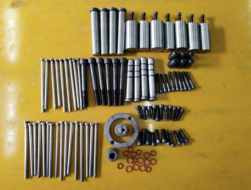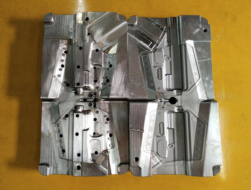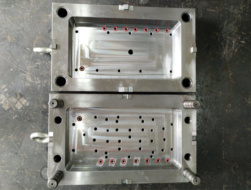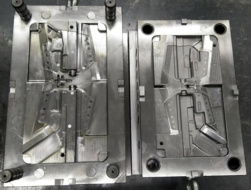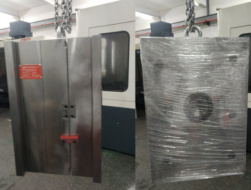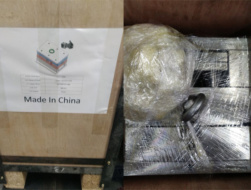Is it need to make prototype tooling after prototyping?
Prototyping tooling is mostly use for testing deformation after molding. Prototype Tooling Many engineers wonder about the value of prototyping whether that involves rapid prototyping of parts using one of the many processes available. But just how valuable is prototype tooling? Should you spend the additional money to have a prototype mold built to produce parts in the actual resin required?
1. Why making prototyping tooling instead of rapid prototyping?
Rapid prototyping is limited for resin material select, function test and quantity require. Prototype tooling can be wise investment if you’re unsure of the part’s functionality or moldability, or even whether or not the marketing group will like the design or ergonomics of the new product. Especially if you’re going to be molding millions of units it’s important to get it right.
2. Why it is making prototyping tooling before mass production tooling?
Pre-production tooling can be helpful in defining a part’s form, fit and function, allowing the OEM’s engineers and the moldmakers engineers to collaborate in a way that the OEM gets the part they need, prior to building a high-cavitation mold.
3. What is the profit both for customer and prototyping tooling supplier?
Another prototype method is to build a core and cavity in either Direct Metal Laser Sintering process or in “soft” tooling (P-20 or aluminum). Many OEMs prefer building a pre-production mold or “bridge” mold that can that can be expanded to accommodate production molding. A pre-production mold can consist of a single core and cavity in a larger base, which can then be expanded to accommodate four or eight cavities when the part meets the requirements.
Many OEMs choose to build soft tools to qualify the molded part, and then run several hundred or even several thousand pieces. Mould Precision Co., Ltd.. ( Shenzhen, China ) specializes in aluminum tooling for prototype, short and medium production runs. “Absolutely prototype moulds are worth the cost, says Ace Lu, Owner of Mould Precision Co., Ltd.”. ” If the OEM wants to qualify molded part designs and do their quality checks with all the inherent stresses of an actual molded part, or if they need to run several hundred pieces, or perform multiple design modifications, it’s worth the cost of that extra step to do a prototype mold.”
Ace says that most often his customers want a prototype mold because they’re not sure if product will take off in the market. So they start with an aluminum tool as a bridge tool until they get funding for the production mold or until they determine market requirements for the part, he adds. Mold Precision Co., Ltd. has in-ouse molding operations on presses ranging from 0.01-10 tons
A prototype mold can help eliminate surprises at a lower cost than building a hardened steel production tool. Over the years,the requirement for prototype parts has dropped because people are doing simulated FEAs with computer software, so they don’t have the expense of prototype tooling.

